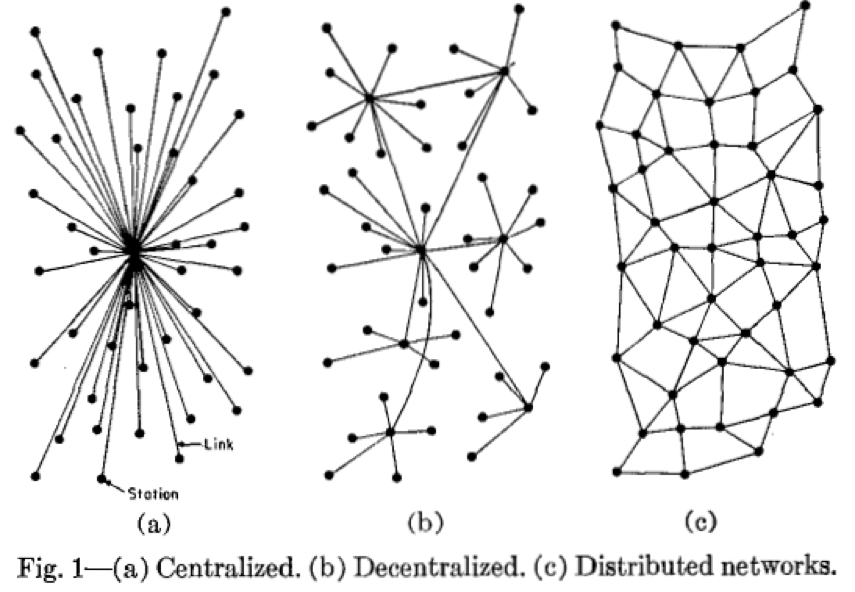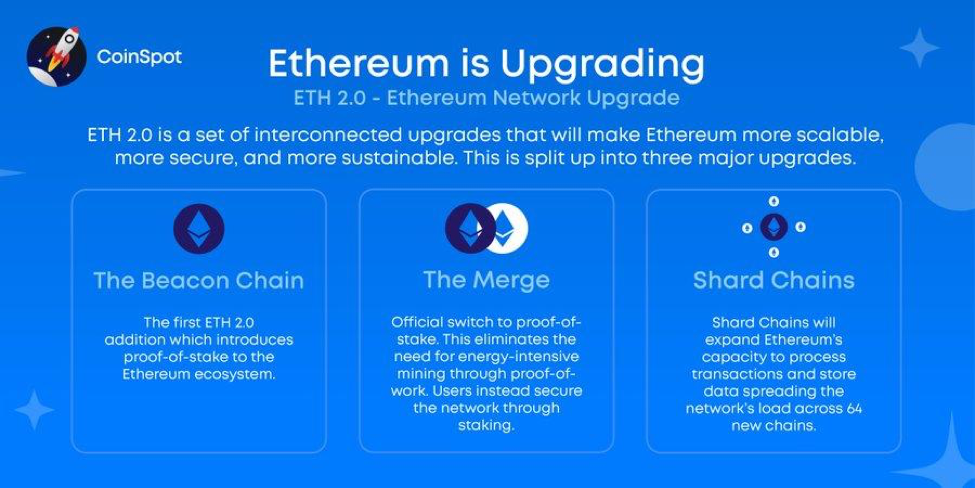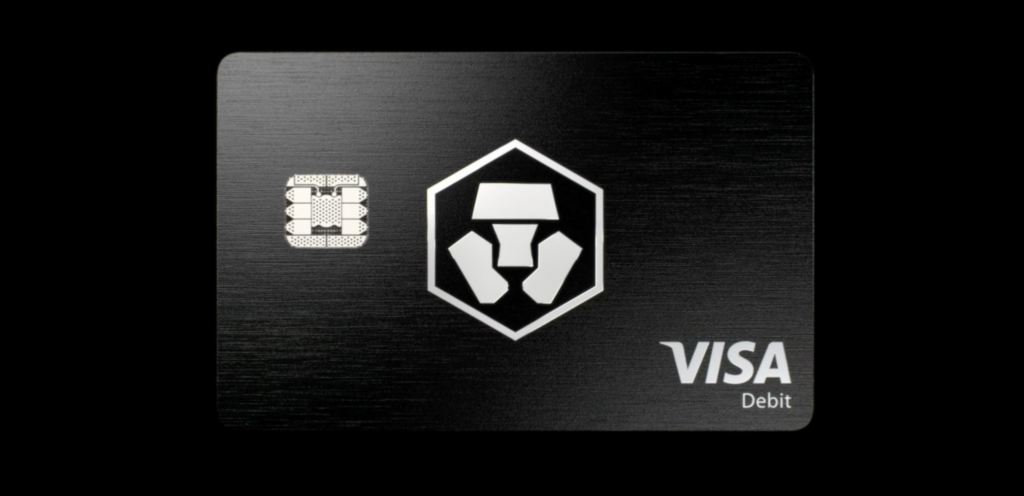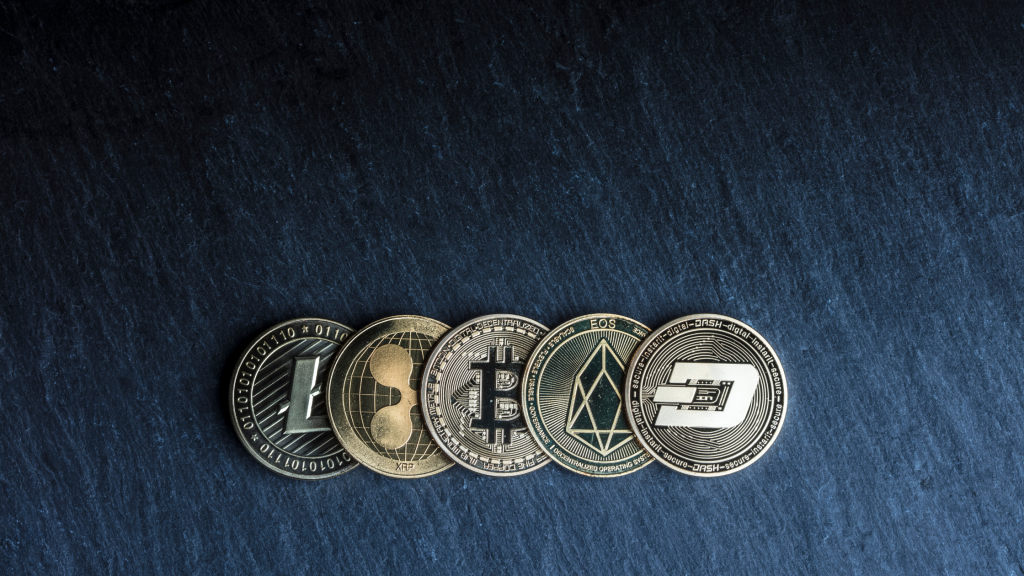Vitalik Buterin, the 29-year-old millennial behind the Ethereum blockchain, refers to himself as a tech philosopher. He believes that decentralized governance is the technological answer to the economic challenges facing the world today.
In a conversation at the Stakeborg Talks, Buterin says that his love for decentralized governance has given him the innate ability to see things that many blockchain enthusiasts may overlook. It is this gift that has made the Ethereum network the formidable force that it is today.
What is Ethereum (ETH)?
Wondering what it is about Ethereum that has the world of blockchain so fired up? On its website, Ethereum describes itself as a community-run technology, in keeping with its founder’s interest in decentralized governance. [MN1]
It says that this technology powers ether (ETH) its cryptocurrency and thousands of decentralized applications. This is not an over-exaggeration. As per Sandeep Nailwal, the Polygon Network co-founder, “60 to 70% of the industry runs on Ethereum. It’s very sticky.”
To illustrate this point, Ethereum currently has a daily transactions volume of 1.190 million compared to Bitcoin’s 288,916 transactions.
To round it all up, Ethereum is a programmable blockchain network. Its native currency is ether and its programming language is Solidity.
What is blockchain?
To learn about Ethereum and the reasons it is so decentralized governance-focused, it is crucial to understand what blockchain technology is. Long before the release of the Bitcoin blockchain by Satoshi Nakamoto, there were the Crypto Wars.
Digital privacy activists had taken a stand against governments that were resisting the use of encryption in the electronic age. These libertarians later referred to as the Cypherpunk movement, proposed cryptography as a privacy-enhancing mechanism that would keep electronic communications free of Orwellian Surveillance.
The efforts of these libertarians led to the development of cryptography and blockchain technology. Satoshi Nakamoto improved on their innovations and introduced the peer-to-peer distribution of records for ultimate blockchain decentralization.

What is a peer-to-peer network?
The key to learning about Ethereum is its community focus. ETH thrives on its robust peer-to-peer network. You can build a peer-to-peer network by making a direct connection between two or more computers to ease the sharing of resources.
Use a Universal Serial Bus (USB) or networking cables to link your peer-to-peer network of computers and transfer files between them. Peer-to-peer networks can scale to grand proportions over the internet.
All that you need is the technical savvy to build special applications and protocols that directly link computers from all corners of the globe to one peer-to-peer network. Satoshi made the peer-to-peer network central to the functions of the Bitcoin blockchain to decentralize it. Blockchain users refer to computers on a P2P network as nodes.
To this end, Bitcoin and the current Ethereum blockchain use cryptography to secure data blocks via crypto mining or the Proof of Work consensus mechanism. PoW keeps the blockchain network honest and prevents the double spending of cryptocurrencies.
Satoshi coupled PoW with peer-to-peer networks as a solution to the double-spending problem.
“I’ve been working on a new electronic cash system that’s fully peer-to-peer, with no trusted third party — The main properties: Double-spending is prevented with a peer-to-peer network. No mint or other trusted parties. Participants can be anonymous. New coins are made from Hashcash style proof-of-work. The proof-of-work for new coin generation also powers the network to prevent double-spending,” Satoshi wrote to the Cryptography Mailing List. His letter’s recipients were the members of the Cypherpunks movement.
Benefits of peer-to-peer networks
So why do Satoshi and Vitalik think that the peer-to-peer network is such a game-changer? How does P2P enhance blockchain technology? Peer-to-peer networks create decentralization. The infrastructure that they create supports the intermediary-free transfer of data worldwide.
Peer-to-peer networks allow any person to take part in blockchain data validation and verification processes. The P2P nodes also store a blockchain’s distributed ledgers in their computers, to enhance its immutability. Some benefits of blockchain-based P2P networks include:
- Enhancing decentralization
- Keeping a blockchain active at all times. Some nodes will be active when a section is offline.
- They enhance the security and immutability of blockchain data. To alter a P2P network’s data, you would have to hack at least 51% of all its nodes.
- P2P networks are fast, efficient, accessible because they third party free
- They are immune to Denial-of-Service (DoS) attacks
- They are highly resistant to malicious activity
- They keep public blockchain data transparent and auditable
History of Ethereum
The Ethereum network idea came to Vitalik Buterin in 2013. He was 19 years old. He had co-founded the Bitcoin Magazine, alongside Mihai Alisie, Vladimir Marchenko, Matthew N. Wright, and Vicente S.
Buterin was born in Chechnya but grew up in Canada. He says that he learned about Bitcoin at 17, from his father, whose views were significantly influenced by the failure of the socialist Soviet Union. By the time that Buterin devised the Ethereum blockchain idea, he had worked with Ian Goldberg, a cryptographer who was also a Tor Project chairperson.
His interaction with developers and the growing Bitcoin community gave him the idea that the Bitcoin blockchain was capable of much more than payments. He asked Bitcoin core developers to create an application that would support the creation of decentralized financial applications.
They were, however, not keen on his idea, so Buterin drafted a whitepaper detailing ways that a Turing-complete programming language could create a robust blockchain programming platform. When he first started writing the Ethereum whitepaper, he did not think his idea would have much impact.
“When I was reading the white paper, I was just expecting okay, you know this is a project that might go somewhere, we’ll work on it for a few months, and then we’ll go back to university,” he says.
However, when his “world computer” idea was announced at the 2014 North American Bitcoin Conference, it aroused the interest of many developers. Gavin Wood, Anthony Di Lorio, and Charles Hoskinson were in the Miami conference and quickly hopped on the idea.
Anthony Di Lorio was ETH’s first financier and brought in other developers to the project, including Morgen Peck and Joseph Lubin.
The team later met in Zug, Switzerland, where Buterin made an extraordinary request. He wanted to keep the Ethereum project as a non-profit. At this point, Charles Hoskinson left the project. By 2014, the team had kick-started the Ethereum blockchain software development process via the Swiss entity Ethereum Switzerland GmbH.
The project’s chief technology officer, Gavin Wood, implemented the executable smart contracts idea that has made the Ethereum network a force to reckon with. Since the ETH project was a nonprofit, they placed it in the hands of the non-profit Ethereum Foundation.
The foundation would see to its development. The foundation kick-started its operations with an $18 million public sale of ether in July to August 2014 and the DEVCON0, the first Ethereum conference.

Major Ethereum milestones
Vitalik Buterin views Ethereum as a project that could fail should it lose its decentralization in the race for scalability. It is this outlook that has guided the development of the Ethereum network, as demonstrated below.
Frontier phase: 30 July 2015
This milestone launched Ethereum 1.0, a premier version of Ethereum that supported smart contract creation and the mining of ether.
Homestead phase: 15 March 2016
The Homestead update enhanced Frontier’s security. On 20 July 2016, the DAO event occurred and they lost $50 million worth of DAO tokens to hackers. The community was split between creating a hard fork or update that would see the stolen funds re-appropriated.
Some users felt that the reappropriation of the funds went against the blockchain ethos of the immutability of data. This debate split the Ethereum network into two. The Ethereum Classic kept the original ETH data while ETH reversed the theft.
Tussles between the community led to two more splits in the Ethereum network by the end of 2016.
Metropolis (Byzantium and Constantinople): 16 October 2017,28 February 2019
These updates improved Ethereum security, scalability, and privacy. Constantinople laid the groundwork for Ethereum’s move to a proof-of-stake consensus algorithm for scalability and energy efficiency.
Serenity: January 2, 2020–2022
These updates will transition the network to Ethereum 2.0. The Muir Glacier update occurred on 2 January 2020, while the Berlin update occurred on 4 April 2021. The 5 August 2021 London hard fork implemented the controversial Ethereum Improvement Proposal (“EIP”) 1559, which lowered the network’s fee volatility and miner block reward. This update gave Ether an inflationary feature as well.
Ethereum will transition to Ethereum 2.0, also known as the Serenity release by 2022. The network will make a switch from the Proof of Work (PoW) consensus algorithm of its past to the scalable Proof of Stake (PoS) mechanism.
This move should lower the network’s energy consumption by 99%. Its network speeds will scale from the current lows of 15 transactions per second to a high of 100,000 transactions per second.

How does Ethereum work?
The Ethereum blockchain emphasis on decentralization places power and control in the hands of the community. To quote Consensys’s Andrew Keys, it would help users build “their own countries with unchangeable constitutions (and) better delegative democracies.”
To perform this feat, Ethereum leverages the use of smart contracts. Smart contracts are self-executing codes. They support the creation of intermediary free agreements. A smart contract eliminates trust enforcing third parties such as brokers, lawyers, insurance agents or bankers.
These codes will automatically execute an agreement when stakeholders fulfill predetermined conditions. Smart contracts power Ethereum’s self-sustaining, censorship-resistant and decentralized global computer network.
Ethereum runs its smart contracts machines on a peer-to-peer network. This operating system is the Ethereum Virtual Machine (EVM). To this end, developers will write Ethereum smart contracts on the EVM in Solidity, a programming language.
The EVM is a blockchain-based software platform that makes creating smart contracts effortless and efficient. It is Turing-complete, meaning that it can solve all forms of computation problems. Ethereum nodes have a copy of the EVM for decentralization.
Since there is no central authority to enforce trust, all EVM transactions have a base gas cost. Think of gas as the fuel that runs the EVM smart contract creation process. A smart contract’s gas fee is denoted in ‘giga-wei’, or gwei, which is 0.000000001 ETH.
Gas incentivizes the nodes that validate Ethereum’s smart contract. It also rewards transaction verification and validation processes.
Ethereum use case
The EVM and Ethereum smart contracts have turned Ethereum into the world’s most active programmable blockchain. To this end, Ethereum is a hub of developer activity with a record 3,000 decentralized apps running on it.
Some of Ethereum’s most popular dApps include MakerDao, Uniswap, Compound, and Aave. The Decentralized finance dApps are the most popular and currency has over $94 billion total value locked in their protocols.
One other important feature about Ethereum is that its network is the epicenter of the non-fungible token movement. Non-Fungible tokens support the digitization of the value of digital and physical assets. As per dappradar data, the Ethereum blockchain NFT market cap is over $14.27 billion.
Ethereum is also the home of a wide range of ERC-20 tokens, that work as a medium of exchange and store of value. Use these tokens to trade, speculate or partake of the wide lending, borrowing, yield farming and staking in decentralized applications sector. Alternatively, use stablecoins to perform volatile free trades and transactions.
Advantages of Ethereum
- It is highly decentralized. Ethereum has 9,000 nodes at its peak, forming a formidable decentralized network.
- It has a robust Solidity developer community. Ethereum has more developer activity than Bitcoin, the world’s first blockchain network.
- High interoperability with other smart contract blockchains
Disadvantages of Ethereum
- Its network has legendary scalability challenges that it aims to solve after the Ethereum 2.0 upgrade
- Ethereum has gone against the essence of immutability by initiating a hard fork after the 2016 DAO hack.
- Ethereum smart contracts are vulnerable to bugs that have caused massive exploits and loss of user of funds. The most recent case is the Poly network smart contract hacking.
Conclusion
Vitalik problem-solving abilities led to a reiteration of the bitcoin blockchain that would change the world. His outlook on the benefits of decentralization has taken Ethereum through its most volatile development stages.
Here is one interesting fact about Ethereum and its founder, Vitalik Buterin. Vitalik is the world’s youngest crypto billionaire. He refers to himself as a scholar and a warrior, fighting not with guns and bombs but technological tools that can change society. Like Thucydides, the crypto billionaire believes that “the society that separates its scholars from its warriors will have its thinking done by cowards and its fighting by fools.”








